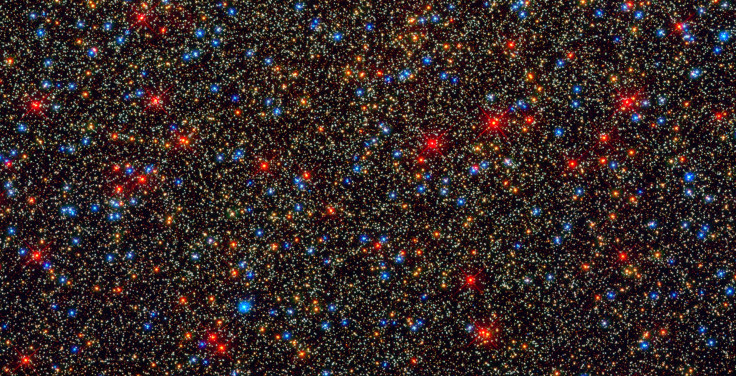NASA's Hubble Captures Stunning 'Celestial Gems' In Aquarius Constellation [PHOTO]

One of the largest globular clusters in the Milky Way Galaxy was captured on camera by the NASA/ESA Hubble Space Telescope.
On its official Twitter page, NASA shared an image of Messier 2, which, aside from being one of the most massive, is also one of the oldest star clusters in the Milky Way with an age of 13 billion years. Fortunately for space lovers everywhere, the Messier 2 can be observed without the help of powerful telescopes.
"It is bright enough that it can even be seen with the naked eye when observing conditions are extremely good," NASA wrote in the tweet.
#HubbleFriday Messier 2 is one of the largest clusters of its kind and one of the oldest associated with the Milky Way. It is bright enough that it can even be seen with the naked eye when observing conditions are extremely good: https://t.co/BCKJe6pA2o pic.twitter.com/PlTboLRzfl
— Hubble (@NASAHubble) April 5, 2019
One of the most photographed celestial bodies in the night sky, the Messier 2 can be found 55,000 light-years away from Earth in the constellation of Aquarius (the Water Bearer), according to NASA's website.
It is categorized as a globular cluster, which is a "spherical group of stars all tightly bound together by gravity." Spanning 175 light-years from one end to the other, M2 consists of around 150,000 stars.
The latest Messier 2 image from the Hubble telescope shows the center of the cluster where most of its mass is concentrated. This new view was obtained with the use of visible and infrared light, showing the stars shimmering in red, blue and white.
The Messier 2 is just one of 110 objects in French astronomer Charles Messier's "Catalogue of Nebulae and Star Clusters." Aside from M2, Messier also observed and cataloged the Crab Nebula (M1), the Eagle Nebula (M16), Andromeda Galaxy (M31), Triangulum Galaxy (M33) and Orion Nebula (N42), among many others.
Among the latest images captured by the Hubble telescope was an incredibly detailed view of Messier 11 or the Wild Duck Cluster. The celestial object, which got its name from the "V" formation of its brightest stars, is located in the southern constellation of Scutum (The Shield) and is estimated to have formed about 220 million years ago.
#HubbleFriday This star-studded image shows us a portion of Messier 11 which is also known as the Wild Duck Cluster, as its brightest stars form a “V” shape that somewhat resembles a flock of ducks in flight: https://t.co/zLtnQ6xg01 pic.twitter.com/rRqvm1R14q
Unlike Messier 2, Messier 11 is an open star cluster, which typically has fewer and younger stars. It also has a shorter lifespan compared to globular clusters, and scientists believe that M11 will disperse completely in several million years.
For more Hubble images of celestial objects in the Messier catalog, check out this link.
© Copyright IBTimes 2025. All rights reserved.





















